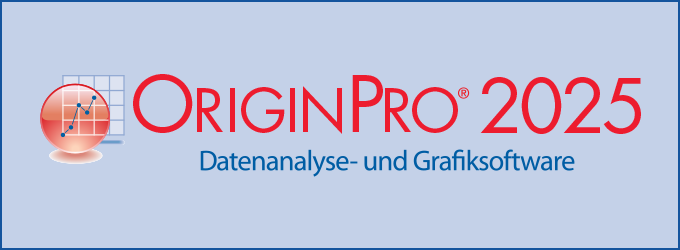Maximum Likelihood MT
Funktionen
Systemvoraussetzungen
Downloads
MAXLIK enthält eine Sammlung von Prozeduren, die allgemein zur numerischen Bestimmung der Maxima von Funktionen dienen. Neben dem Newton-Raphson Verfahren können darin noch folgende Verfahren eingesetzt werden:
BFGS (Broyden-Fletcher-Goldfab-Shanno), DFP (Davidon-Fletcher-Powell), Steepest Descent, PRCG (Polak-Ribiere type Conjugate Gradient), BHHH (Berndt-Hall-Hall-Hausmann), STEPBT, BRENT, BHHHSTEP und die Stufenhalbierungsmethode.
Während des Optimierungsprozesses ist es möglich, unterschiedliche Modelle zu verwenden. Die Steuerung erfolgt über die Anzahl der Iterationen oder über Fehlertoleranzen. Mit MAXLIK wird das COUNT Modul geliefert. COUNT dient der Abschätzung des Limited Dependent Variable Modells. Integriert ist der Maximum Likelihood Schätzer für parametrische Regressionsmodelle von Ereignisdaten, z.B. Modelle mit abhängigen Variablen, die entweder Ereignisse zählen oder die Abstände zwischen diesen messen. Unter anderem sind folgende Modelle implementiert: Poisson Regressionen, Hurdle Poisson Regressionen, negative Binomialregressionen, Varianzfunktionen, loglineare und logarithmische Wahrscheinlichkeitsmodelle, expotentielle Zeitreihenmodelle, Exponential-Gamma Zeitreihenmodelle und Paretomodelle.
Details:
Major Features of MaxLikMT
- Structures
- Simple bounds
- Hypothesis testing for models with bounded parameters
- Log-likelihood function
- AlgorithmSecant algorithms
- Line search methods
- Weighted maximum likelihood
- Active and inactive parameters
- Bounds
In MaxlikMT, the same procedure computing the log-likelihood or objective function will be used to compute analytical derivatives as well if they are being provided. Its return argument is a maxlikmtResults structure with three members, a scalar, or Nx1 vector containing the log-likelihood (or objective), a 1xK vector, or NxK matrix of first derivatives, and a KxK matrix or NxKxK array of second derivatives (it needs to be an array if the log-likelihood is weighted).
Of course the derivatives are optional, or even partially optional, i.e., you can compute a subset of the derivatives if you like and the remaining will be computed numerically. This procedure will have an additional argument which tells the function which to compute, the log-likelihood or objective, the first derivatives, or the second derivatives, or all three. This means that calculations in common will not have to be redone.Platform: Windows, Mac, Linux and Solaris.
Requirements: GAUSS/GAUSS Light version 10 or higher; Linux requires version 10.0.4 or higher.

















